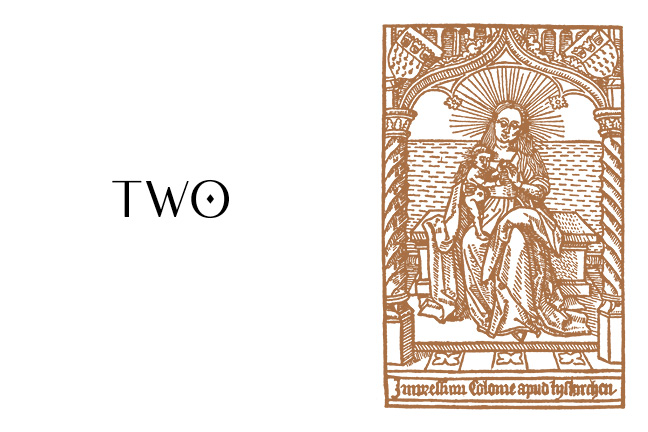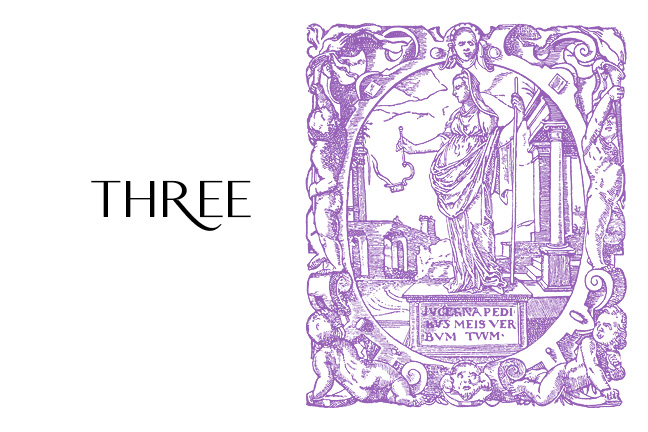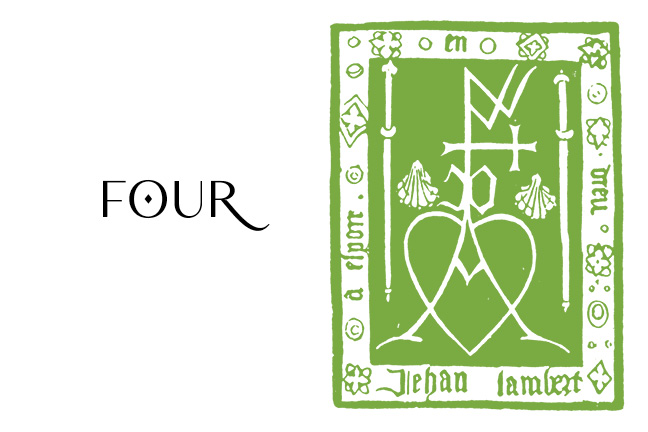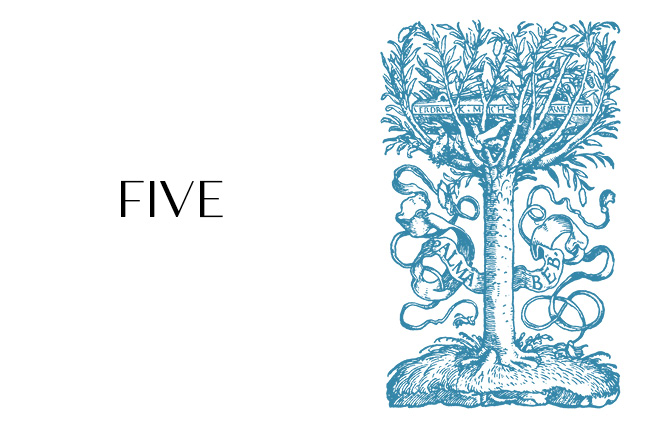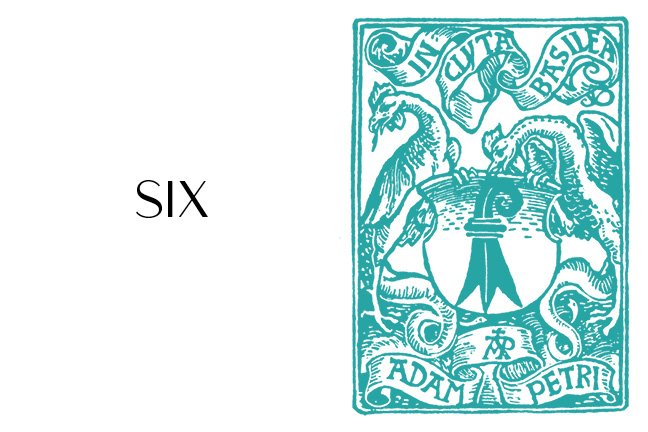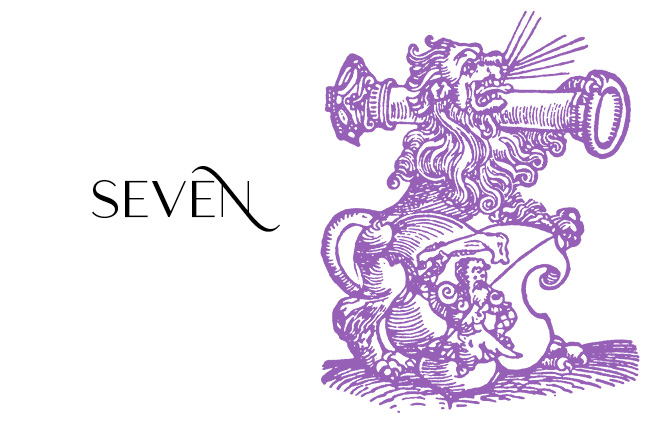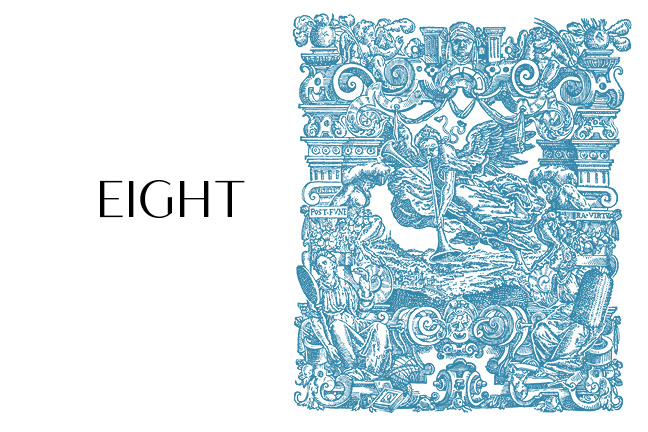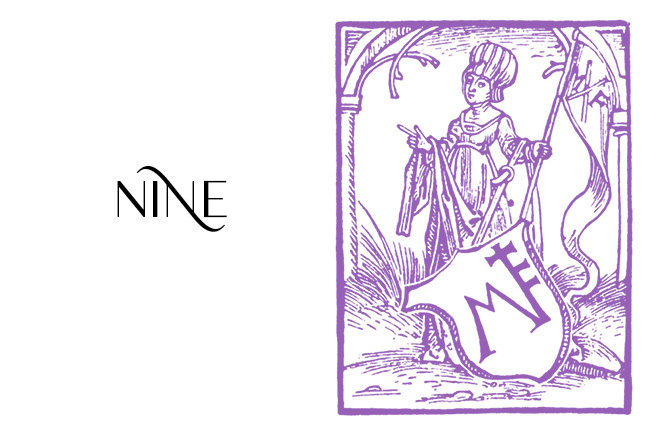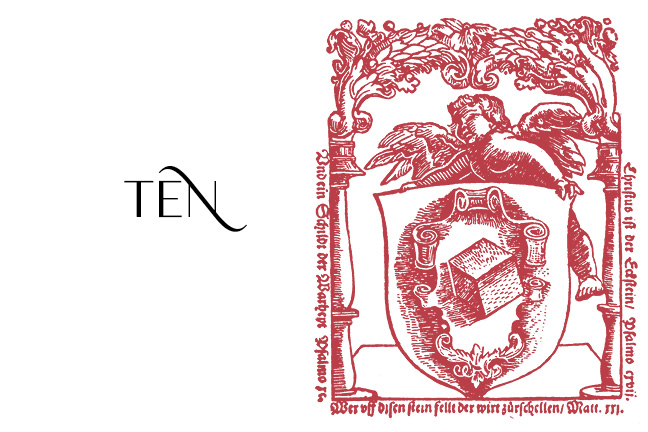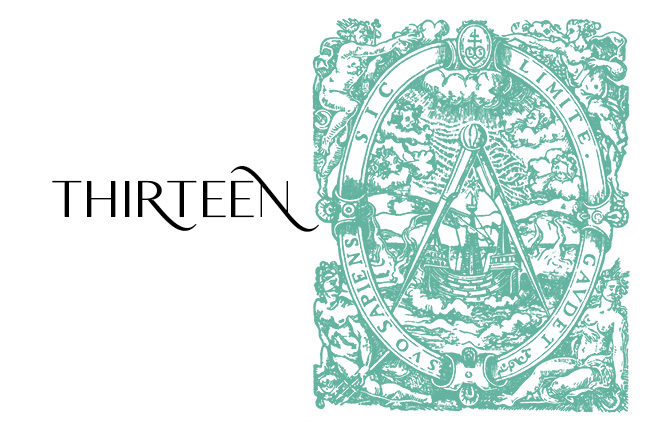Printer’s Marks Part 3
A GRANITE BAY ![]() DESIGN MICROSITE
DESIGN MICROSITE
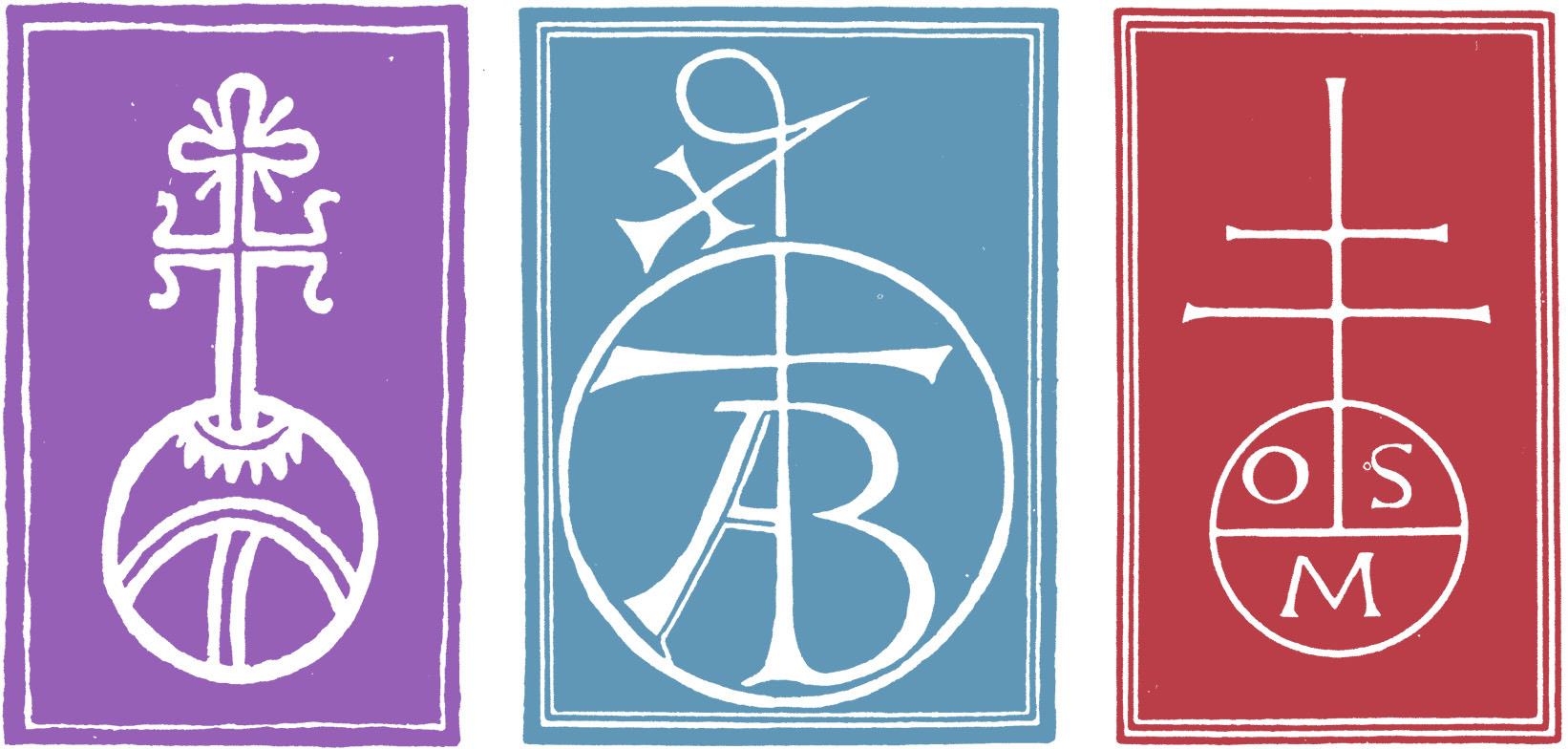
Printer’s Marks Part 3
Peter Perna (Basel 1560)

The History of Printing
“From the 17th to the 19th century, ukiyo-e depicting secular subjects became very popular among the Japanese common people and were mass-produced. Ukiyo-e is based on kabuki actors, sumo wrestlers, beautiful women, landscapes of sightseeing spots, historical tales, and so on, and Hokusai and Hiroshige are the most famous artists. In the 18th century, Suzuki Harunobu established the technique of multicolor woodblock printing called nishiki-e and greatly developed Japanese woodblock printing culture such as ukiyo-e. Ukiyo-e influenced European Japonism and Impressionism. In the early 20th century, shin-hanga, which fused the tradition of ukiyo-e with the techniques of Western paintings, became popular, and the works of Hasui Kawase and Hiroshi Yoshida gained international popularity. Prior to the introduction of printing, the size of private collections in China had already seen an increase since the invention of paper. Fan Ping (215–84) had in his collection 7,000 rolls (juan), or a few hundred titles. Two centuries later, Zhang Mian owned 10,000 juan, Shen Yue (441–513) 20,000 juan, and Xiao Tong and his cousin Xiao Mai both had collections of 30,000 juan. Emperor Yuan of Liang (508–555) was said to have had a collection of 80,000 juan. The combined total of all known private book collectors prior to the Song dynasty number around 200, with the Tang alone accounting for 60 of them.”
from “The History of Printing” on Wikipedia
The printer’s marks were scanned from the copyright free book “Symbols, Signs & Signets” by Ernst Lehner.


